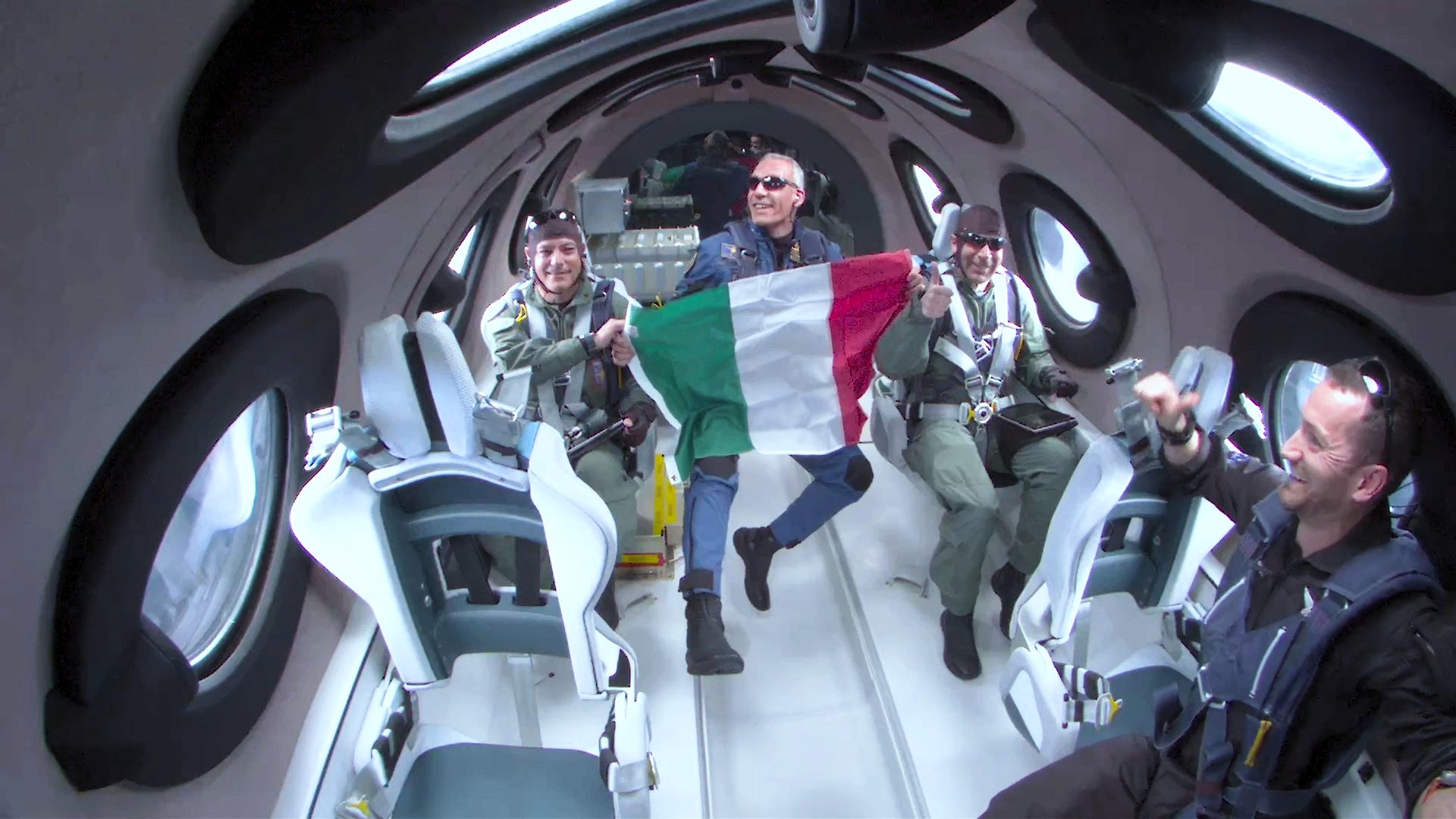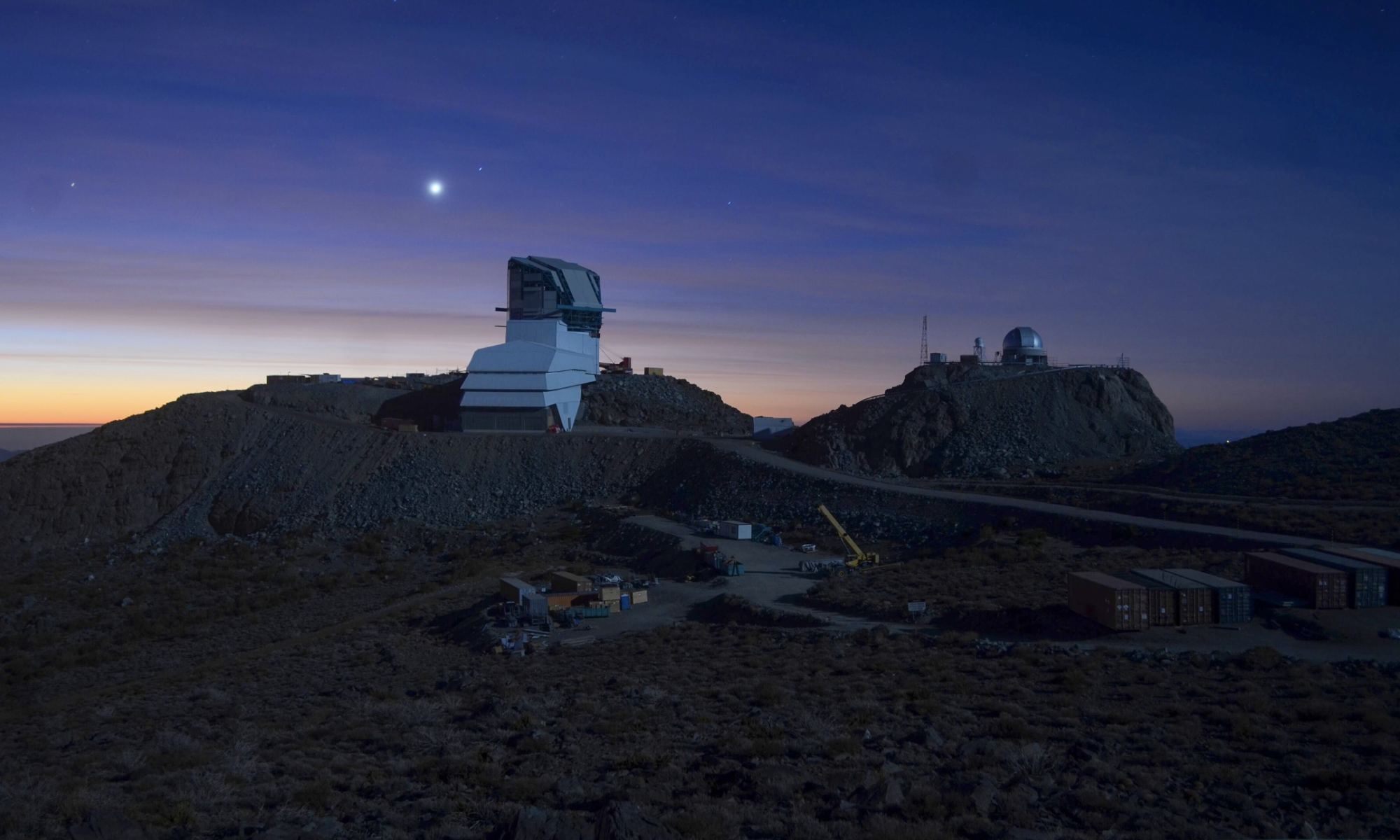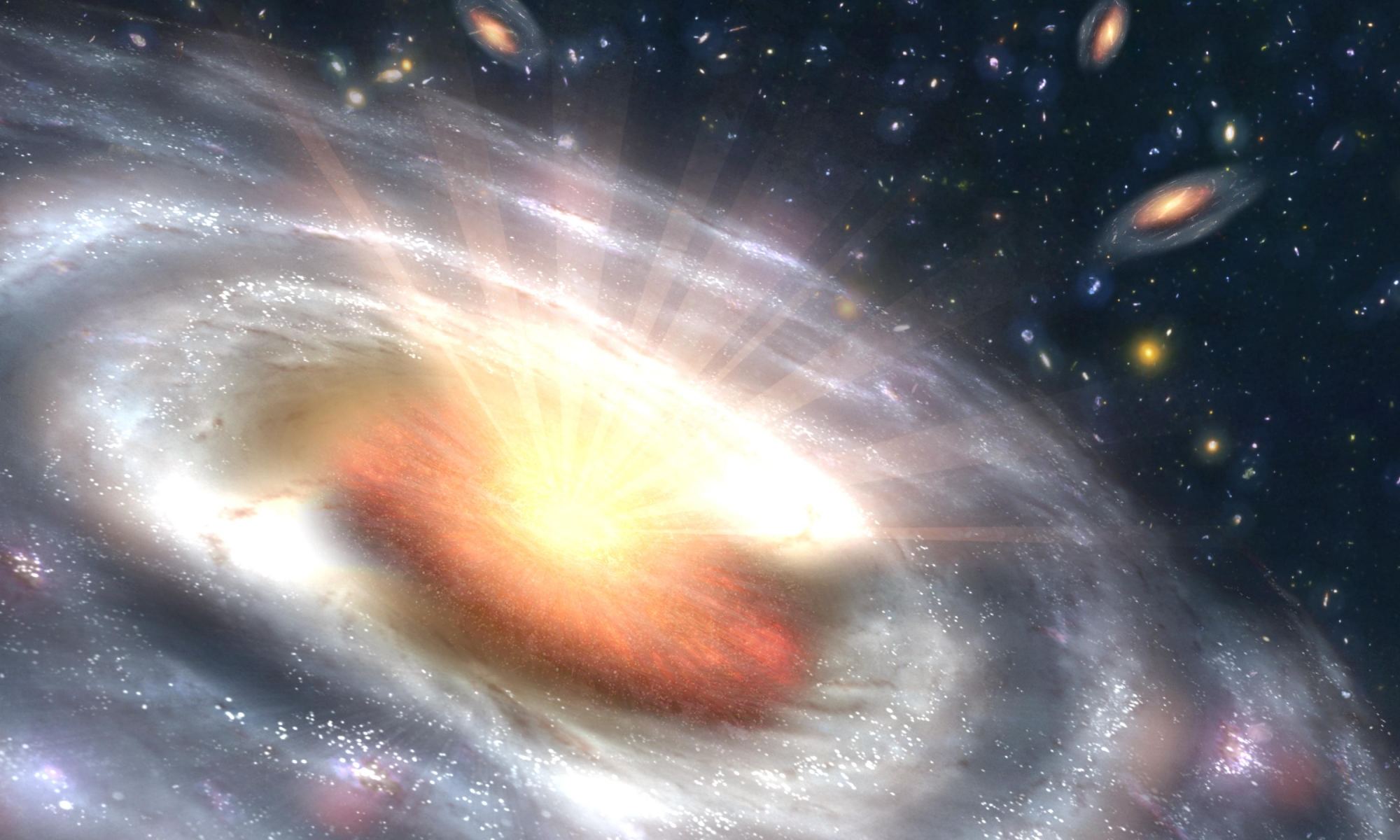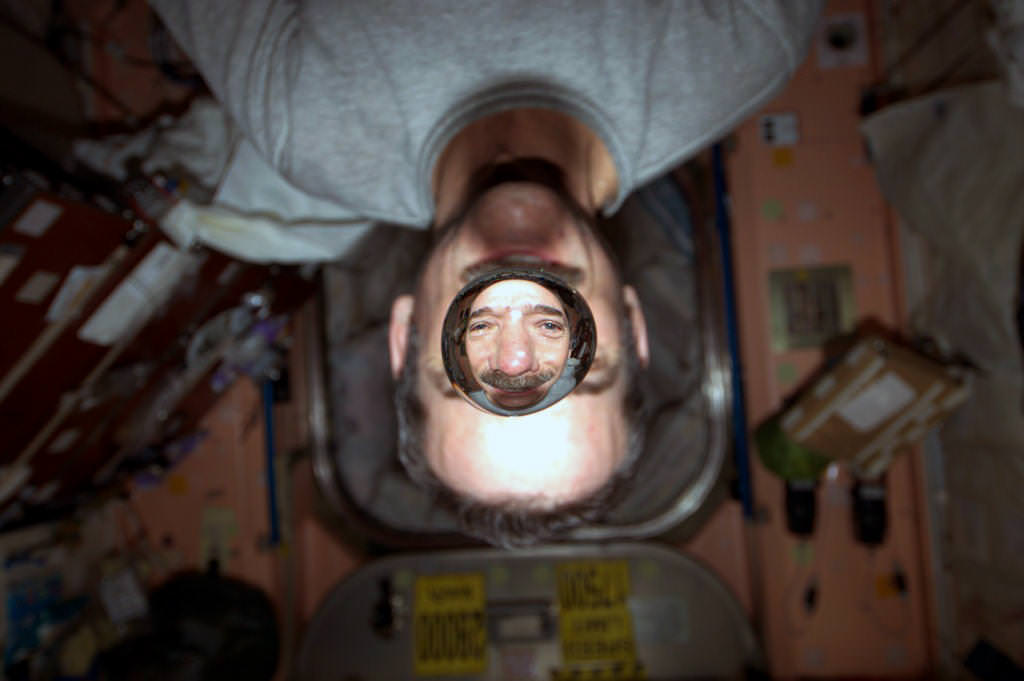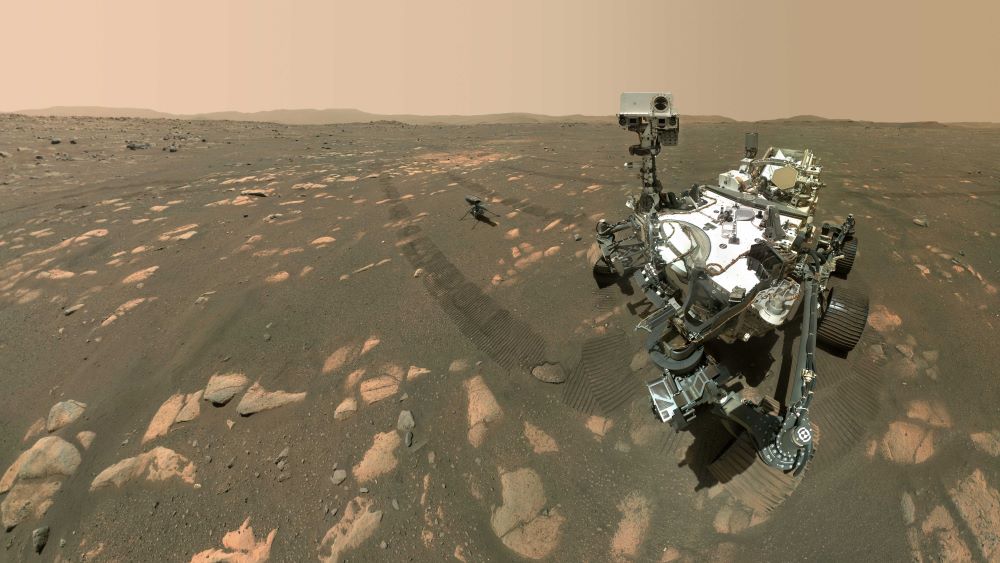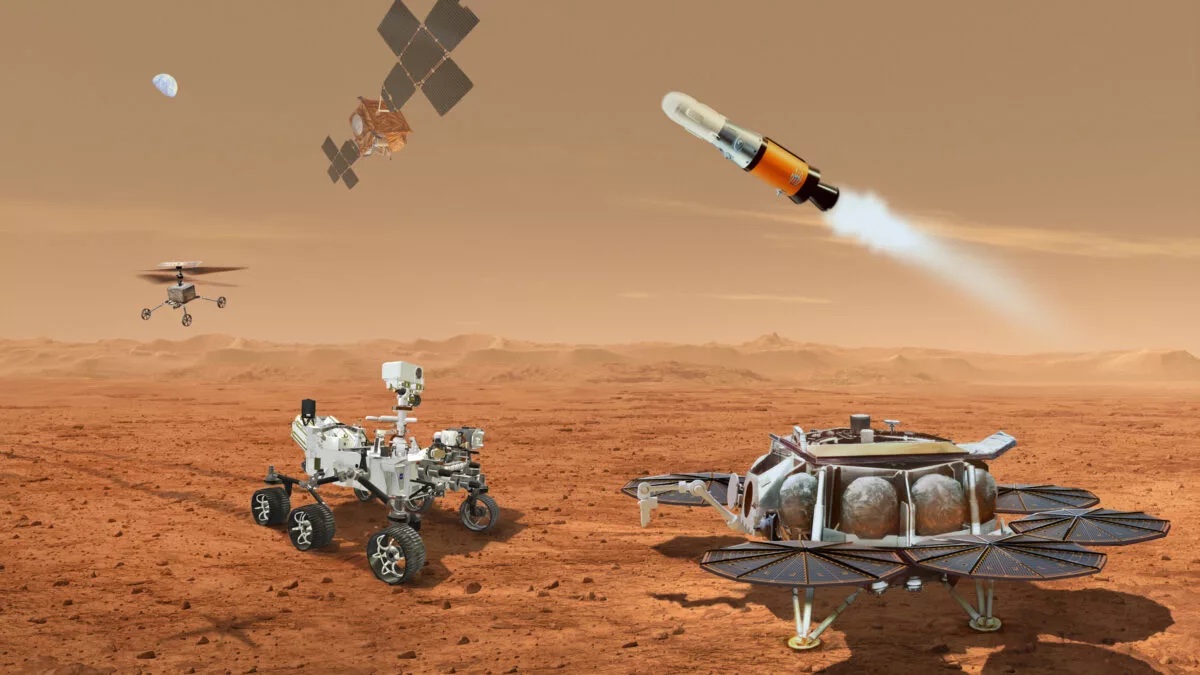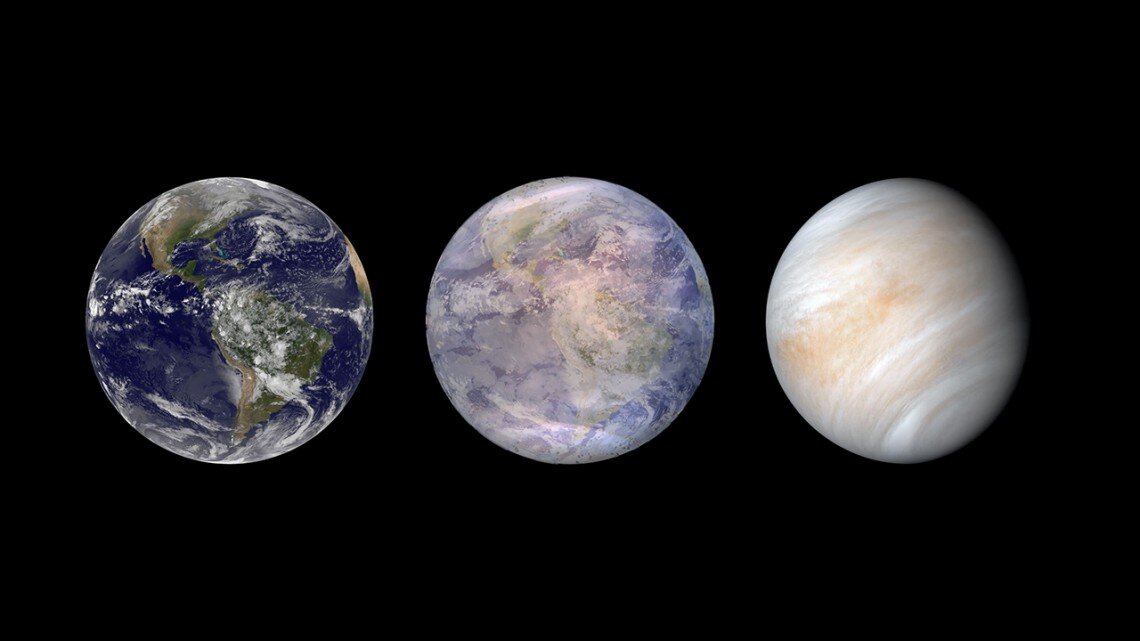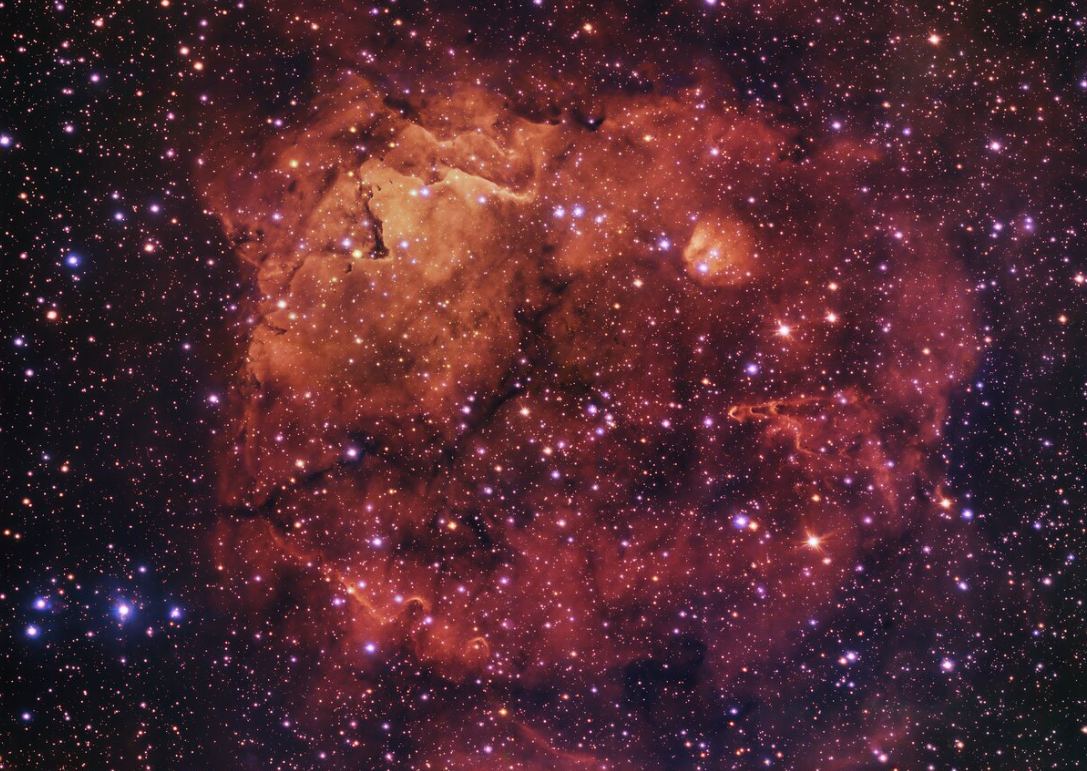In exoplanetology, the ring around the star is often called the “Goldilocks zone,” in reference to the 19th-century fairy tale Goldilocks and the Three Bears. In that story, Goldilocks encounters sets of three objects that are either too extreme for her liking or just right. In the case of a bowl of porridge, the three are too hot, too cold, and just right, hence the analogy to an exoplanet’s position around its star. If it’s too close to its parent star, the planet is too hot, and liquid water, the necessary ingredient for life, won’t exist. If it’s too far, the planet is too cold, and the only water on its surface will be ice. But even the “just right” category has some wiggle room. Many planetary scientists consider Venus to be on the inner edge of our star’s “just right” habitable zone. So why did it end up with such a different fate than our pale blue dot? A team of researchers, led by Lisa Kaltenegger at Cornell, think they have found a way to answer that question – by turning the world’s most powerful space telescope towards a star about 100 light years away and directly observing an exoplanet’s atmosphere.
Continue reading “How Close Can a Planet Get to a Star and Still Be Habitable?”


